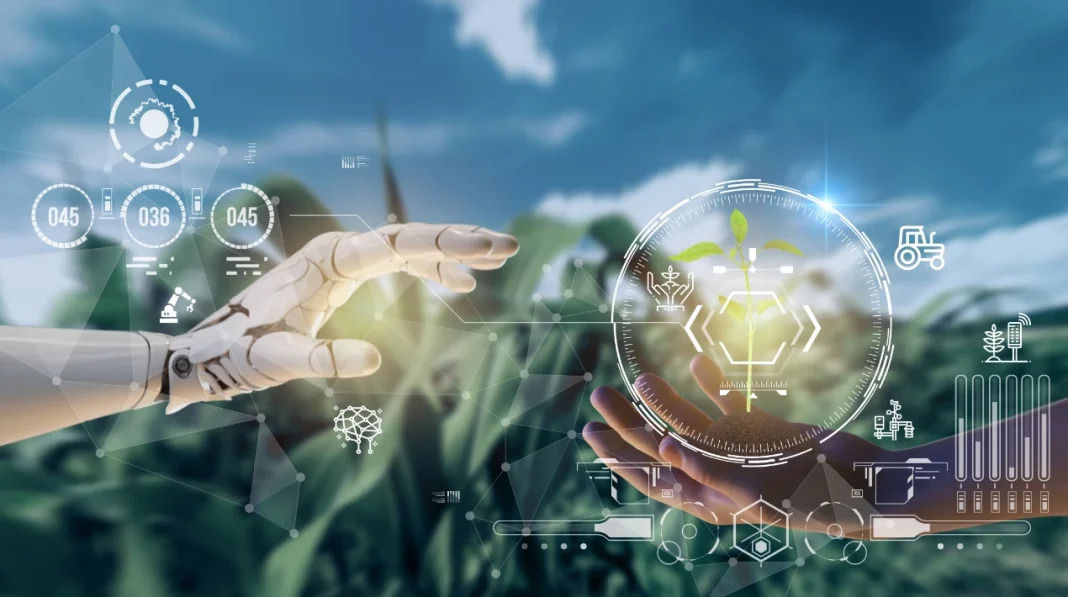Indoor farming is the cultivation of plants and crops solely indoors. It commonly employs hydroponics and artificial lighting, where growing conditions may be more precisely regulated, to provide plants with the nutrients and light levels they require for growth. Plants of all kinds can be grown inside, although the most frequent are fruits, vegetables, and herbs. Rising consumer awareness about the importance of eating residue-free food has paved the way for novel practices such as indoor farming.
According to the US Department of Agriculture, vertical lettuce cultivation increased average yield by double. The transpiration process occurs when plants or commodities are grown in vertical greenhouses, allowing farmers to reuse the water for irrigation. More excellent production from a smaller space is required, and indoor farming contributes to a higher yield of diverse crops. As arable land becomes more limited, the increased demand to enhance crop yields will drive the indoor farming industry during the forecast period.
The global indoor farming technology market can be divided into soil-based, aeroponics, hybrid, hydroponics, and aquaponics growing systems.
Hydroponics is predicted to account for a considerable portion of the market due to lower water costs. The water remains in the system and can be reused, as well as the elimination of the requirement for soil. Aeroponics is likely to develop at a rapid CAGR during the forecast period.













